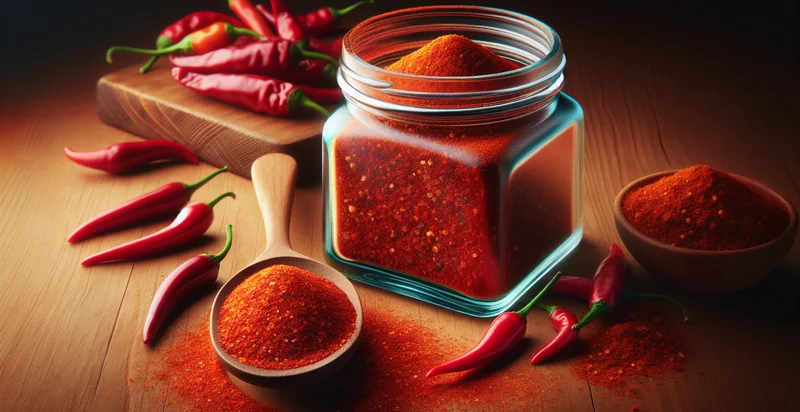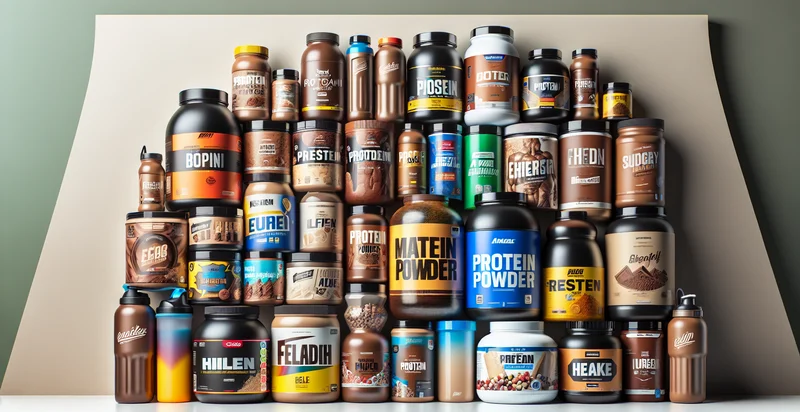Identify powder application
using AI
Below is a free classifier to identify powder application. Just upload your image, and our AI will predict the type of powder being applied - in just seconds.

Contact us for API access
Or, use Nyckel to build highly-accurate custom classifiers in just minutes. No PhD required.
Get started
import nyckel
credentials = nyckel.Credentials("YOUR_CLIENT_ID", "YOUR_CLIENT_SECRET")
nyckel.invoke("powder-application", "your_image_url", credentials)
fetch('https://www.nyckel.com/v1/functions/powder-application/invoke', {
method: 'POST',
headers: {
'Authorization': 'Bearer ' + 'YOUR_BEARER_TOKEN',
'Content-Type': 'application/json',
},
body: JSON.stringify(
{"data": "your_image_url"}
)
})
.then(response => response.json())
.then(data => console.log(data));
curl -X POST \
-H "Content-Type: application/json" \
-H "Authorization: Bearer YOUR_BEARER_TOKEN" \
-d '{"data": "your_image_url"}' \
https://www.nyckel.com/v1/functions/powder-application/invoke
How this classifier works
To start, upload your image. Our AI tool will then predict the type of powder being applied.
This pretrained image model uses a Nyckel-created dataset and has 25 labels, including Baked, Blended, Coated, Combined, Crumbled, Crushed, Crushed Fine, Dusted, Flaked and Folded.
We'll also show a confidence score (the higher the number, the more confident the AI model is around the type of powder being applied).
Whether you're just curious or building powder application detection into your application, we hope our classifier proves helpful.
Related Classifiers
Need to identify powder application at scale?
Get API or Zapier access to this classifier for free. It's perfect for:
- Quality Control in Manufacturing: The 'powder application' identifier can be integrated into manufacturing processes to ensure that the correct type and amount of powder are applied in various stages, such as coating or painting. By automating this detection, companies can reduce defects and maintain consistent product quality.
- Food Industry Compliance: In food production, this function can verify that the correct powdered ingredients, such as spices or flavorings, are being added to products. This ensures compliance with recipe standards, regulatory requirements, and ultimately boosts customer satisfaction.
- Pharmaceutical Validation: Pharmaceutical companies can utilize this identifier to monitor the application of powdered substances in drug manufacturing processes. This helps ensure accurate dosing, adherence to protocols, and that all products meet strict industry regulations before they are distributed.
- Agricultural Product Analysis: In agriculture, the identifier can help in assessing the application of powdered fertilizers or pesticides. By ensuring that the correct volume and type are used, farmers can optimize crop yields while minimizing environmental impact.
- Cosmetic Production Quality Assurance: Cosmetics manufacturers can employ this function to verify the correct application of powdered makeup products during assembly. It aids in maintaining product standards, reducing waste, and improving overall customer satisfaction with product appearance.
- Construction Material Inspection: In the construction industry, this identifier can monitor the application of powdered materials like gypsum or cement during building processes. Ensuring these materials are applied correctly enhances structural integrity and safety in construction projects.
- Recycling Process Optimization: The 'powder application' identifier can be applied in recycling facilities to identify and correctly classify powdered materials that are produced from recycling processes. This helps streamline material sorting, enhances efficiency, and promotes better recycling outcomes.


